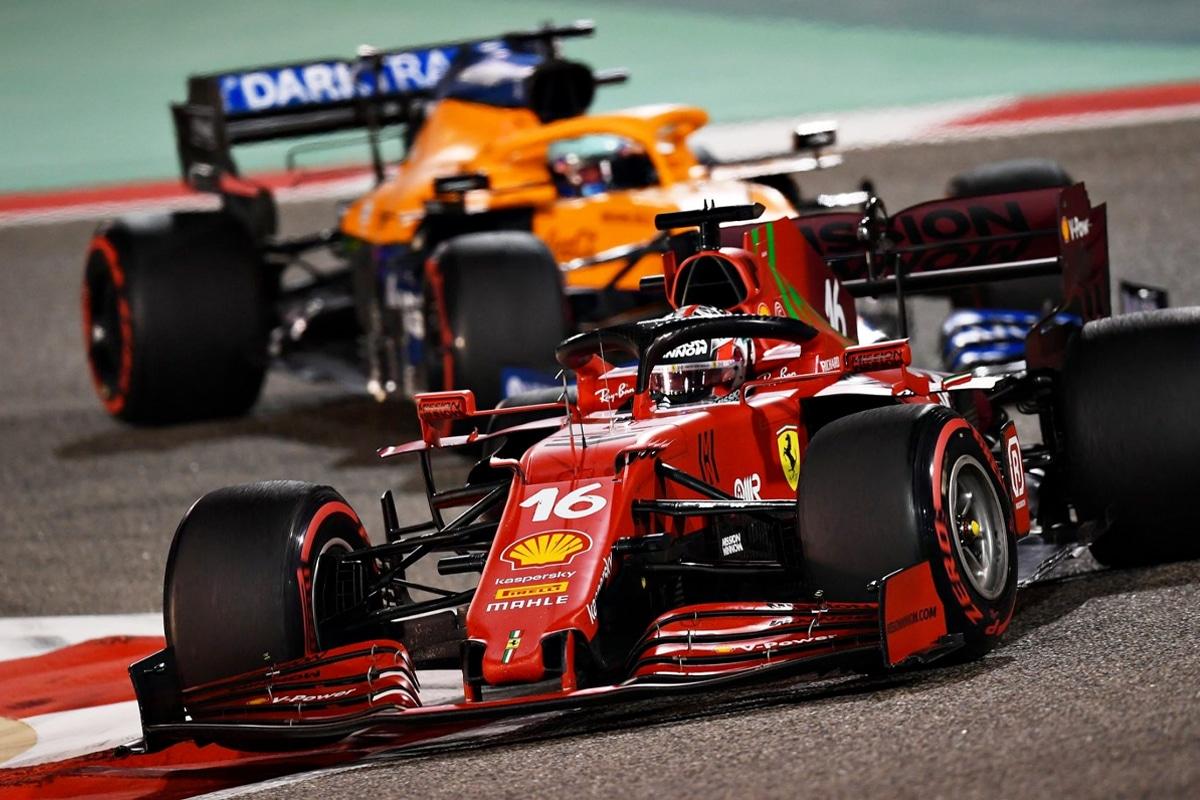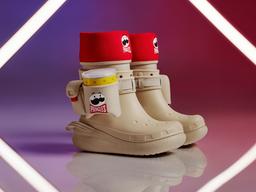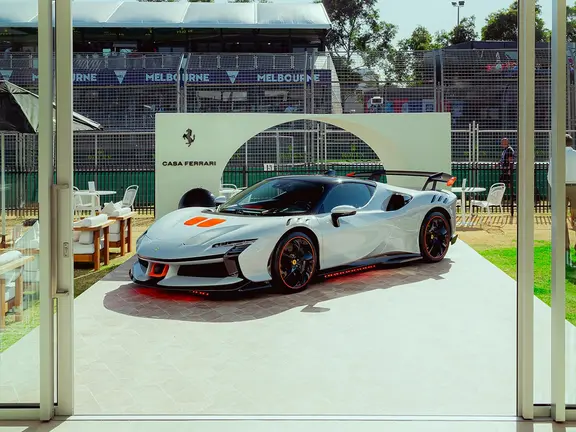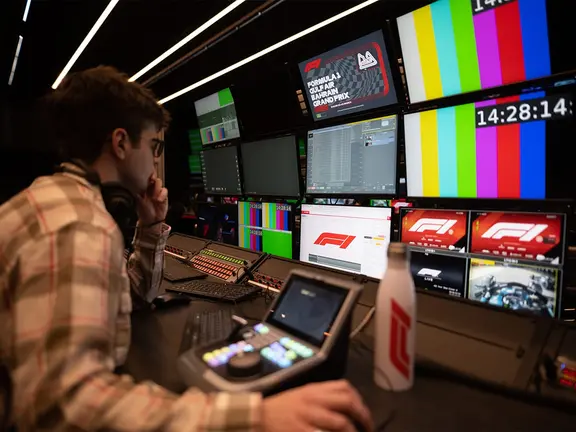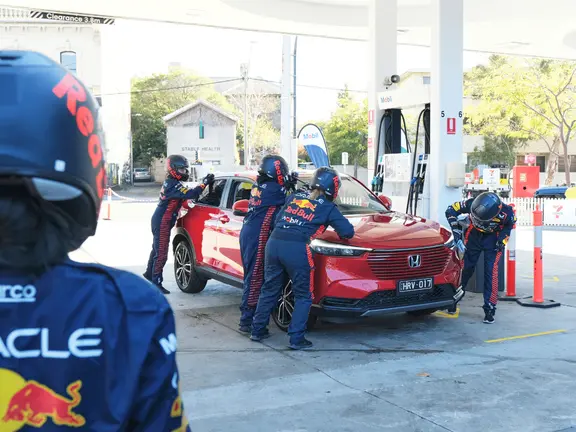The 2021 Formula 1 season is upon us. Due to start in Bahrain on the 28th of March, this season is set to be a big one. But when you consider the ongoing COVID-19 situation, you’d be forgiven for thinking that this season was going to disappoint. Thankfully, Formula 1 has proven it is more than capable of running a tight schedule. The drivers returned to the track before any other major sport last season, and the teams are more than capable of returning for a bigger and better season this year.
Similar to last season, Formula 1 has revealed a few revised changes that will challenge both drivers and teams. The changes will bring competition up a level with a revised calendar, new tracks, tires, drivers, faces, regulations, and a bunch of unknowns. The F1 schedule retains a record 23 races, but the 2021 season will start a week later with the Bahrain Grand Prix on March 28.
You’ll also like:
Top F1 Drivers 2023 Salaries Revealed
The New Nissan 400z Production Model has Leaked
The Exhilarating First Trailer for ‘F1: Drive to Survive Season 3’ is Here
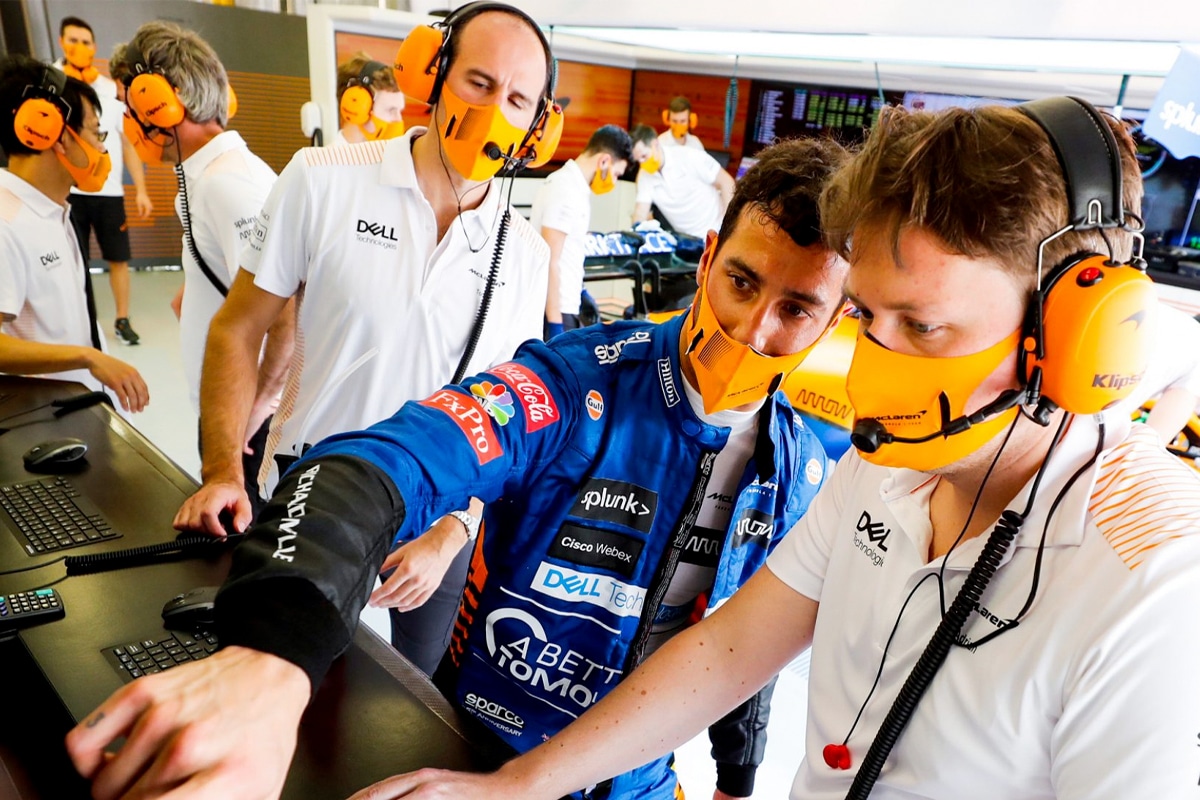
Image: formula1.com
Guide to the 2021 Formula 1 Season
There’s never been a better time to get hooked on Formula 1, just ask the crop of new fans who’ve turned their attention to the sport thanks to the success of Netflix’s highly regarded ‘Drive to Survive‘. Charting the ups and downs of a Formula 1 season, the series has turned a lot of fans eyes to the sport.
Whether you’re a new fan or old, this Formula 1 season is going to provide fans with some exciting changes. So we’ve put together a guide for everything you need to know about the upcoming Formula 1 season. We’ve included everything that’s changed so get excited and check it out below.
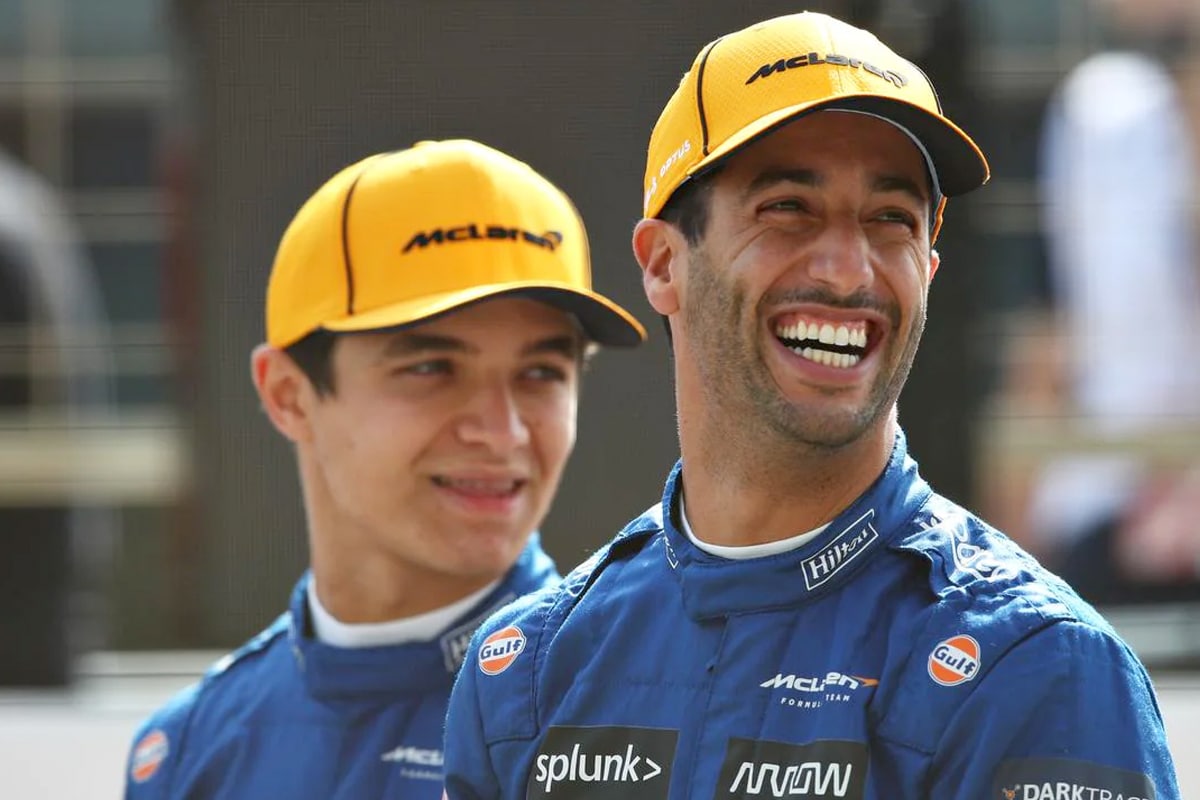
Image: formula1.com
What’s Changed for the 2021 F1 Season
The biggest change to make note of this season is the introduction of Financial Regulations. Essentially a cost cap, it aims to deliver a more competitive championship, promote a level playing field and ensure the long-term financial stability and sustainability of Formula 1’s 10 teams. For fans, it means a greater end product, highlighted by an even playing field no longer dominated by the likes of Mercedes, Ferrari and Red Bull who have workforces that are significantly bigger than those of the independent teams.
Teams will carry over their 2020 cars into 2021, but with a few aerodynamic regulations. As such, the cap primarily covers expenditure that relates to car performance. But excludes all marketing costs, race driver fees/salaries and the costs of the team’s three highest-paid personnel. Furthermore, the cap excludes salary costs for staff on maternity and paternity leave as well as sick leave, plus the costs of medical benefits provided to team employees. This will ensure teams are not motivated to cut costs in these areas to stay within the cap. A detailed explanation can be found here.
Note: For 2021, the cap will be set at $145m. Reducing to $140m in 2022 and $135m in 2023 onwards.
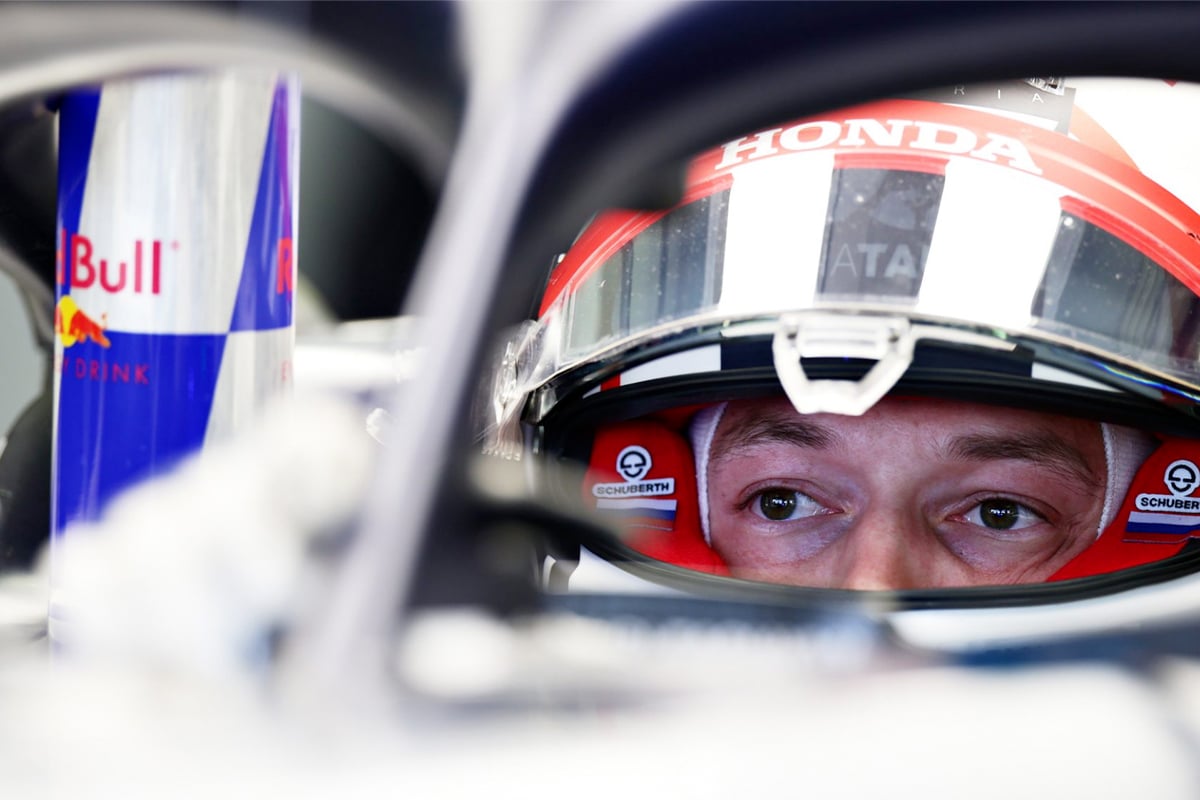
Image: formula1.com
Driver Changes
- Aston Martin racing return to Formula 1 with a familiar face behind the wheel. Sebastion Vettel will join the team formally known as Racing Point, in a bid to secure another championship. However, Vettel had the worst lap time and the fewest kilometres at the pre-season testing as issues consistently occurred with the car.
- Sergio Perez partners with Max Verstappen at Redbull. After a day and a half of pre-season testing, Perez finished running in the RB16B by setting the fastest time overall on the final morning. Commenting that partnering with Verstappen is a “massive challenge, he’s been here a long time, knows what he needs from the car. I look forward to working with him”.
- Carlos Sainz joins Ferrari following an outstanding season with McLaren. He now has the tool and team he needs to win races and possibly world championships. Known for his turn of pace, ruthless consistency, and ability to take every opportunity handed to him he is one of the best drivers of the midfield, finishing sixth overall.
- Aussie sensation Daniel Riccardo replaces Carlos at McLaren. Going on to top the results in the morning testing session in Bahrain. The car appears far superior to others thanks to a ‘loophole’ in the rules that was creatively interpreted by design engineers. The team increased the size of the strakes by altering the design of their floor. We’re rooting for you, Dan!
- Formula 2 Rookie of the Year Yuki Tsunoda joins Scuderia Alpha Tauri for 2021. The Japanese superstar is sure to exceed expectations as he continues his explosive rise to the top of the F1 ranks. Watch this space people.
- Michael Schumacher’s son Mick takes to Formula 1. Being the son of a record-breaking seven-time Formula One World Champion has its pressures. Especially in an uncompetitive Haas team car.
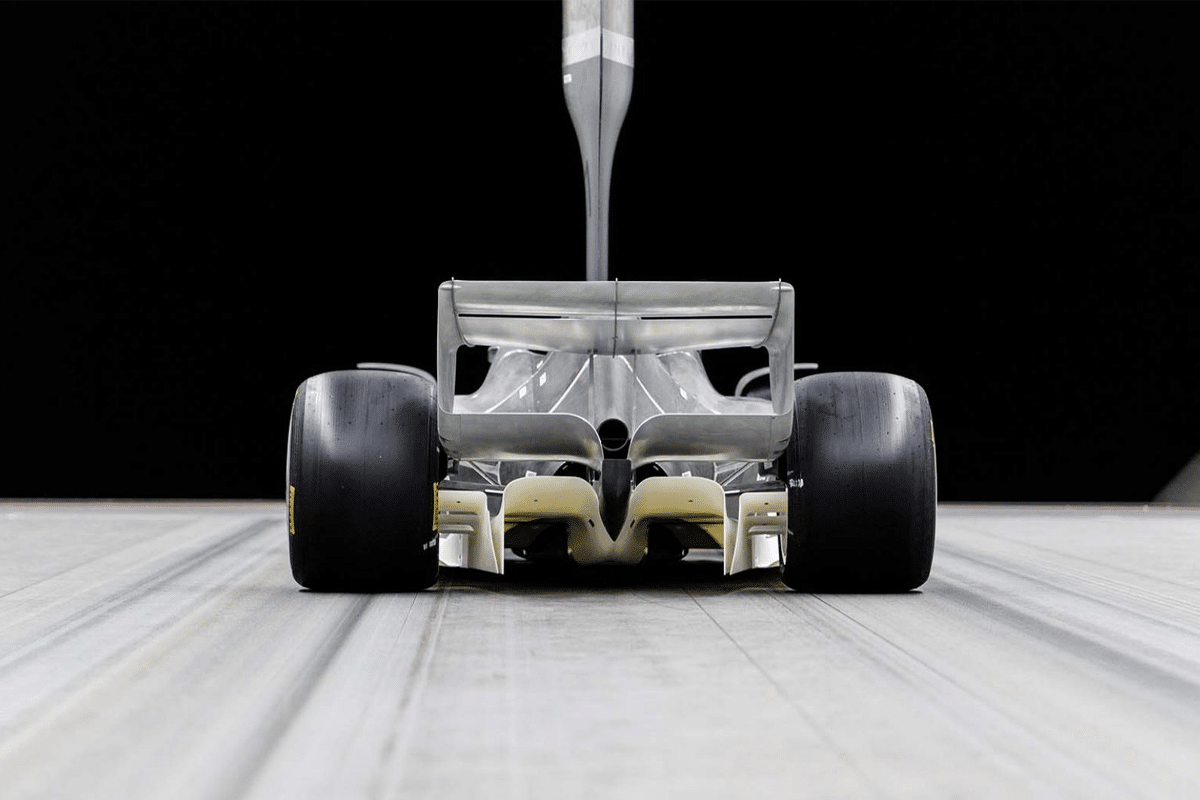
Image: formula1.com
Car Regulations
You’d be forgiven to think that nothing has changed for the upcoming season. After all, the 2020 model cars are returning thanks to the new Financial Regulations. Teams are more strapped for cash than ever, but that doesn’t mean they’ve completely given up on development. There’s a host of new regulations to adhere to that will result in a more competitive field, as FIA’s Head of Single Seater Technical Matters Nikolas Tombazis tells planetf1;
“We have the aerodynamics teams of each Formula 1 team working hard to make their cars more competitive and find more downforce, so we have two things that should not go together. We think that some of these changes equate to approximately a total of about 4-5% of the overall downforce the cars have,” he said.
The cars will be 11KG heavier than last season and new C3 compound Pirelli tires will return with a new standard allocation throughout the season. There’s also a host of new aero changes within the body of the F1 car.
“We will eliminate some slots on the side of the car on the edge of the floor; we will make the rear brake duct winglets, 40mm narrower, and the diffuser fences that currently are further inboard, will be limited to the step plane, and will hence be chopped up by 50mm”.
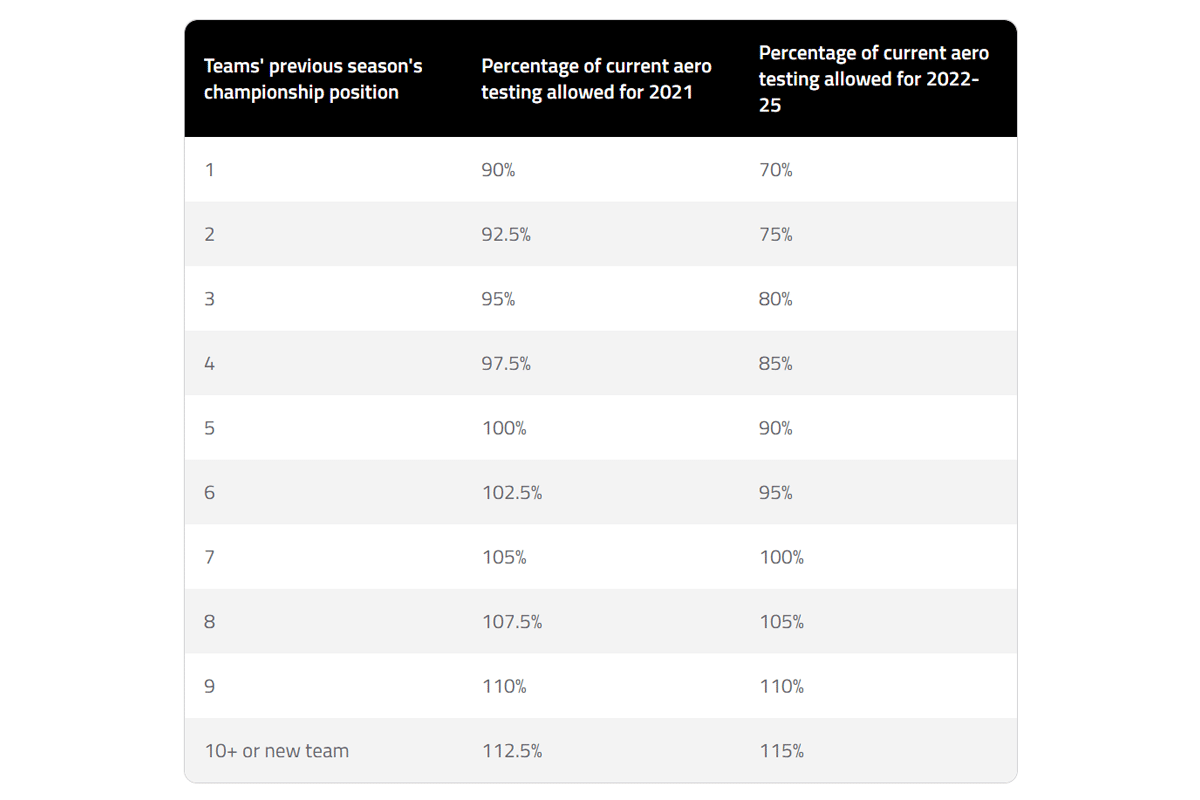
Image: formula1.com
Sliding Aero Scale
Formula 1 is introducing a new sliding aerodynamics scale to further increase the competitive edge. It’ll be based on a teams championship position at the end of the previous season and then reset each year to reflect the current competitive landscape.
Essentially, the lower the team finished last year, the more time they will get in the wind tunnel. The top team will receive 90 per cent of the testing allocation, which translates to 36 runs per week, less than half of what they had previously. The 10th team will have a significantly higher allowance of 112.5 per cent or 45 runs per week.
Circuit Changes
The season will host the debut round of the Saudi Arabian Grand Prix. A night race featuring the worlds best drivers taking over the city streets sounds like must-watch television. Racing will take place on ‘Jeddah’s corniche’, a road running along the banks of the Red Sea. This setting will surely provide a breath-taking coastal backdrop.
The track layout has been revealed Saudi Arabian Grand Prix, and it’s going to be the fastest and longest street circuit in Formula 1 history. The 6.22km race is scheduled for the 5th of December, and expect cars to hit a top speed of 200mph.
The Dutch Grand Prix is back at Zandvoort for the first time since 1985. Situated not far from the vibrant city of Amsterdam, this circuit is based at a beach resort in the Netherlands.
Imola and Portimão return. Both were fighting to come back and replace the proposed race in Vietnam, but the postponement of both Australia and China meant there was space for both tracks to join the 2021 schedule.
You can view the 2021 F1 Race Calendar with Dates (Updated) below!
2021 F1 Race Calendar with Dates (Updated):
- 28 March – Bahrain (Sakhir)
- 18 April – Italy (Imola)
- 2 May – TBC
- 9 May – Spain (Barcelona)
- 23 May – Monaco (Monaco)
- 6 June – Azerbaijan (Baku)
- 13 June – Canada (Montreal)
- 27 June – France (Le Castellet)
- 4 July – Austria (Spielberg)
- 18 July – United Kingdom (Silverstone)
- 1 August – Hungary (Budapest)
- 29 August – Belgium (Spa)
- 5 September – Netherlands (Zandvoort)
- 12 September – Italy (Monza)
- 26 September – Russia (Sochi)
- 3 October – Singapore (Singapore)
- 10 October – Japan (Suzuka)
- 24 October – USA (Austin)
- 31 October – Mexico (Mexico City)
- 7 November – Brazil (Sao Paulo)
- 21 November – Australia (Melbourne)
- 5 December – Saudi Arabia (Jeddah)
- 12 December – Abu Dhabi (Yas Island)
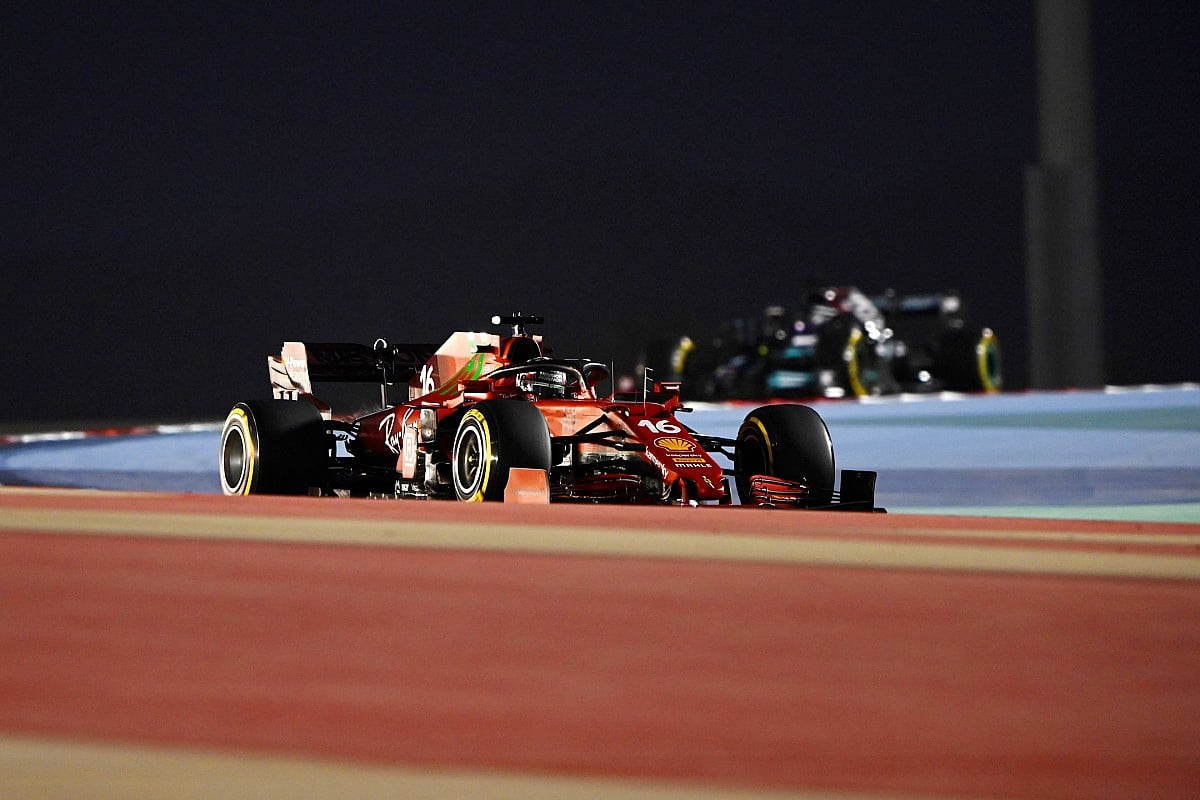
Image: formula1.com
General FAQs
The 2021 season will start with the Bahrain Grand Prix on March 28, with the Australian Grand Prix moving later in the year.
Seven-time champion Lewis Hamilton has once again topped the bill of highest-paid F1 drivers for 2021. The 36-year-old star recently signed a one-year contract extension with Mercedes that Sportrac is reporting is worth USD$55 million.
Set to hit screens on March 19, Formula 1: Drive to Survive Season 3 charts follows the 2020 F1 season from the perspective of the drivers, team principals and those close enough to pit lane to see it all go down.
You’ll also like:
Top F1 Drivers 2023 Salaries Revealed
The New Nissan 400z Production Model has Leaked
The Exhilarating First Trailer for ‘F1: Drive to Survive Season 3’ is Here


